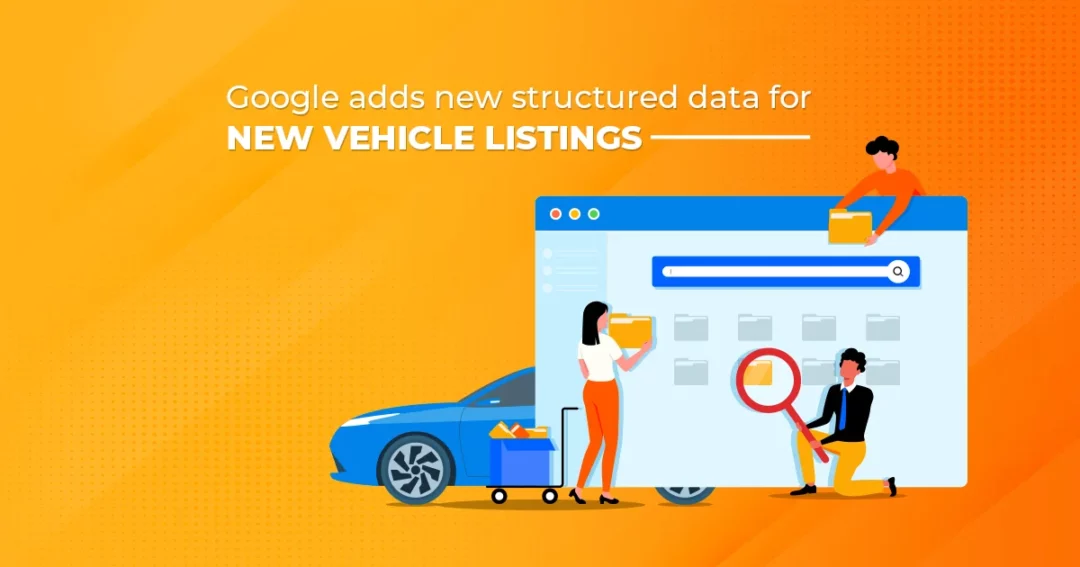In a bid to further refine and streamline the online vehicle shopping experience, Google has recently rolled out new structured data specifications specifically tailored for vehicle listings. This update is poised to revolutionize the way users search for, explore, and compare vehicles on the web.
It is essentially a standardized format for providing information about a web page and classifying its content, which plays a pivotal role in how search engines understand and display information to users. With the integration of structured data for vehicle listings, Google aims to enhance the quality and relevance of search results related to automotive queries.
Understanding the New Structured Data
The newly introduced structured data for vehicle listings encompasses a comprehensive set of attributes and properties that empower search engines to better comprehend and present details about vehicles. These attributes cover various aspects, including but not limited to:
- Vehicle Specifications: Essential details such as make, model, year, mileage, body style, fuel type, transmission, and engine specifications.
- Price Information: Clear and concise pricing details, encompassing the vehicle’s base price, any available discounts, and additional costs like taxes or fees.
- Availability and Location: Information about the vehicle’s current availability, dealership location, and inventory status.
- Media Content: Rich media elements like images and videos that offer users a more immersive and informative view of the vehicle.
- Reviews and Ratings: User-generated or expert reviews, ratings, and feedback to aid potential buyers in making informed decisions.
Benefits for Dealerships and Consumers
This implementation of structured data for vehicle listings brings forth a myriad of advantages for both automotive dealerships and prospective buyers:
- Enhanced Visibility: Dealerships can now ensure their vehicle inventory is accurately represented and prominently displayed in search results, increasing visibility and attracting more relevant traffic.
- Improved User Experience: Consumers benefit from a more informative and streamlined browsing experience, allowing for easier comparison of different vehicles and making more informed purchase decisions.
- Greater Search Relevance: With structured data, search engines can better understand the context and specifics of vehicle listings, presenting more relevant results to users based on their search queries.
How Dealerships Can Utilize the New Structured Data
For dealerships and automotive businesses looking to leverage this new feature effectively, implementing structured data markup on their websites is crucial.
To maximize the effectiveness of data in improving search visibility and user engagement, it is crucial to ensure its accuracy, up-to-dateness, and compliance with Google’s guidelines.
By adopting structured data practices, dealerships can not only align with Google’s aim to enhance user experience but also position themselves at the forefront of technological advancements in the automotive retail sector.
Final Thoughts
Google’s introduction of structured data for vehicle listings represents a significant leap forward in simplifying and refining the online vehicle shopping experience. By providing a more comprehensive and standardized set of information, this update empowers both automotive businesses and consumers, fostering a more efficient and informed decision-making process.
As the digital landscape continues to evolve, embracing innovations like structured data for vehicle listings is essential for businesses to stay competitive and deliver exceptional user experiences in the dynamic realm of online automotive retail.


